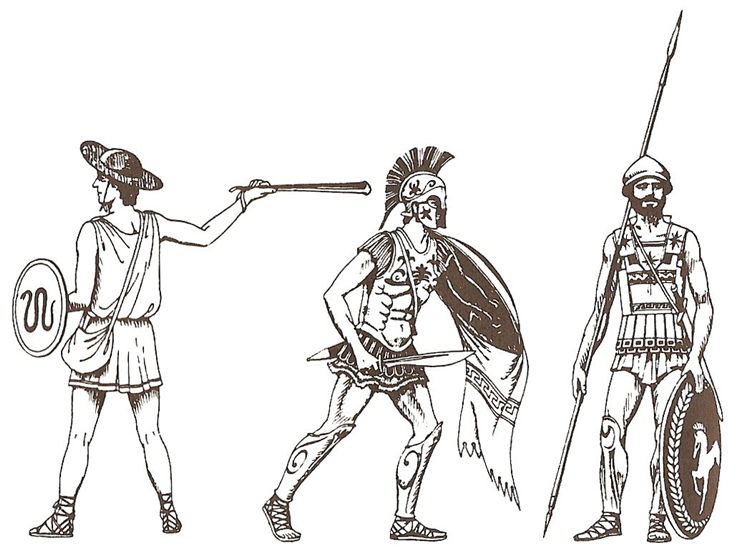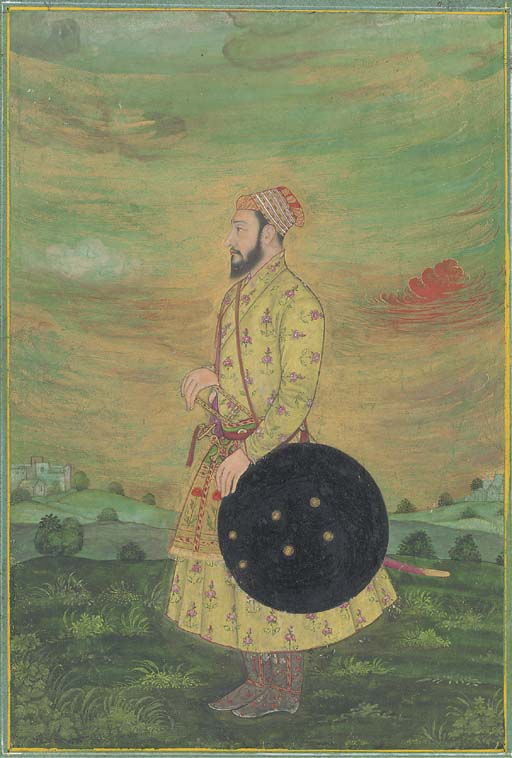History of Shield Armor
Shields are hand-worn armor pieces created in incredible variety of materials (wood, leather, metal, advanced materials) and shapes (square, oval, round, triangular, rectangular, kite and more) used to stop projectiles or redirect physical blows. Because they can be easily made, transported, and used, shields were without a doubt one of the first types of armor that our ancestors started using more than several thousand years ago even before the formation of earliest modern human civilizations.
The history of first metal shields started in the Bronze Age, with many shields made in that time surviving to this day. After arrival of metal shields, they started being made in various shapes and sizes, ranging from small and lightweight Bucklers, to the very large shields that could protect full body of the soldier (greatly popularized by the Mycenaean Greeks and Roman legionaries). One of the most popular shields in in ancient European history was Greek bowl-shaped wooden and bronze-enhanced Hoplite's shield, which was used regularly by almost all armies in long history of ancient Greece (most famously by Spartan soldiers who fought against Persian armies).
After seeing the successful applications of Greek “tower” shields (which were made both in a “figure of eight” shape and rectangular shapes), Romans created their famous large shield called Scuta. This large shield had enough protective potential that it could even protect soldiers on the left and right of the wearer, which enabled Roman generals to very effectively use these shields for creation of tortoise-like formations called “testudo”. This application of shield use helped Roman legions to was instrumental for conquering much of Europe.
After fall of Roman Empire, shields saw much use in medieval Europe especially after the introduction of first Kite shields that had either reverse teardrop shape or later on made with a flat top. This shape enabled wearer to better protect its legs, without adding too much weight to the shield construction. This shield became one of the most popular shield types during crusades, and was used by both infantry, cavalry and even full-plate knights. Other popular shield types in medieval Europe were Buckler, Heater hield, Pavise, Renntartsche, Targa, and Mantlet.
In 20th century, use of shields by military is non-existent, and almost all shield duties are passed on to specialized units such as riot squads, anti-terrorist units, bomb disposal units and various types of special tactical unit (hostage rescue, high risk entry and siege scenarios, and more). Modern shields are made from the mix of various build materials, which include not only various alloys of metal, but also advanced materials such as polymers, polycarbonates, transparent synthetics, and various bulletproof materials such as Kevlar and bulletproof glass. Shields are also used as a stationary protective measures, and additions to static or portable weapon stations.

